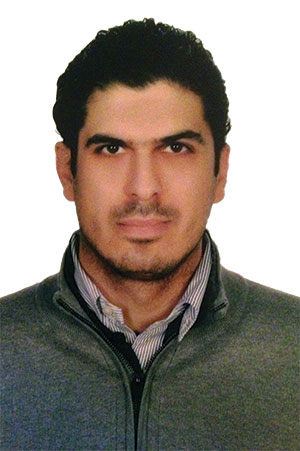
By Shadi Yaghi
The natural history of patients with proximal large artery occlusions is poor, despite medical treatment. Several clinical and radiographic factors have been shown to be associated with poor outcome including National Insitutes of Health Stroke Scale score (NIHSS)>10, older age, and poor collaterals on computed tomography (CT) angiography. Despite the robust effect of thrombolytic therapy in achieving recanalisation and improving outcome, patients with proximal large artery occlusion have a fair response with relatively low recanalisation rates and poor long-term outcomes. Even with intravenous thrombolysis, the recanalisation rate of proximal middle cerebral artery occlusion was only 20‒50%. This prompted the stroke community to investigate additional therapies to increase recanalisation rates and improve the natural course of this disease
The PROACT (Prolyse in acute cerebral thromboembolism) study showed that intra-arterial prourokinase was superior to placebo in achieving recanalisation and improving outcomes of stroke patients who were treated within six hours of symptom onset. This trial drove investigation of newer devices such as Merci (Concentric Medical), Penumbra (Penumbra), and Solitaire (Covidien) that were associated with successful recanalisation, bringing more excitement about interventional treatment to the stroke community. However, this excitement was dampened by three negative clinical trials showing no clinical benefit from such treatment.
The MR RESCUE (Mechanical retrieval and recanalization of stroke clots using embolectomy) trial included 118 patients with anterior circulation large-artery occlusion within eight hours of symptom onset randomised to either mechanical thrombectomy (Merci Retriever or Penumbra System) or standard of care. Results revealed no difference in reperfusion rates and outcomes between the two groups. Additionally, the IMS III (Interventional management of stroke III) trial randomised 656 patients with NIHSS score of 10 or higher or an NIHSS score of 8 or 9 with evidence of large artery occlusion on vascular imaging to undergo thrombolytic therapy plus endovascular therapy vs. thrombolytic therapy alone.
This study was stopped early because of its futility in showing any benefit from adding interventional treatment. Finally, the SYNTHESIS (Endovascular treatment for acute ischemic stroke) trial randomised 362 patients within 4.5 hours of symptom onset to undergo endovascular therapy vs. intravenous thrombolytic therapy. Results showed no difference in the three-month outcomes between the two groups.
The findings of these studies suggested non-superiority of interventional treatment over standard of care, limiting the use of such treatments in the stroke community. Although these studies were well designed, valid criticisms include the use of older endovascular devices associated with lower recanalisation rates than the newer devices, and longer time to treatment in the interventional arms. In addition, a recent post hoc analysis of IMS III suggested that patients who received early interventional treatment experienced clinical benefit. Furthermore, these trials failed to use clinical and imaging (CT/CTA) criteria to target a specific group of patients with a high likelihood of poor natural history and who are unlikely to achieve recanalisation with intravenous tissue plasminogen activator.
Using newer devices earlier in a targeted patient population may increase the likelihood of recanalisation and improve the natural history of this disease. Therefore, the international stroke community is well justified in exploring further endovascular therapies for this specific patient population in well-designed clinical trials. Moreover, attempts should be made to enrol all eligible patients in such trials to avoid a selection bias against intervention by patients being “cherry picked” for intervention outside the clinical trial who do not therefore get enrolled. Likewise, if interventional therapy is subsequently disproven as a safe and effective therapy, those receiving interventions outside clinical trial would have been subjected to unnecessary harm. We therefore advocate new clinical trials using the latest devices and an early-time window to try to impact the course of this difficult disease.
Shadi Yaghi is a stroke fellow at the Stroke and Cerebrovascular Diseases Division at Columbia University Medical Center, New York, USA













